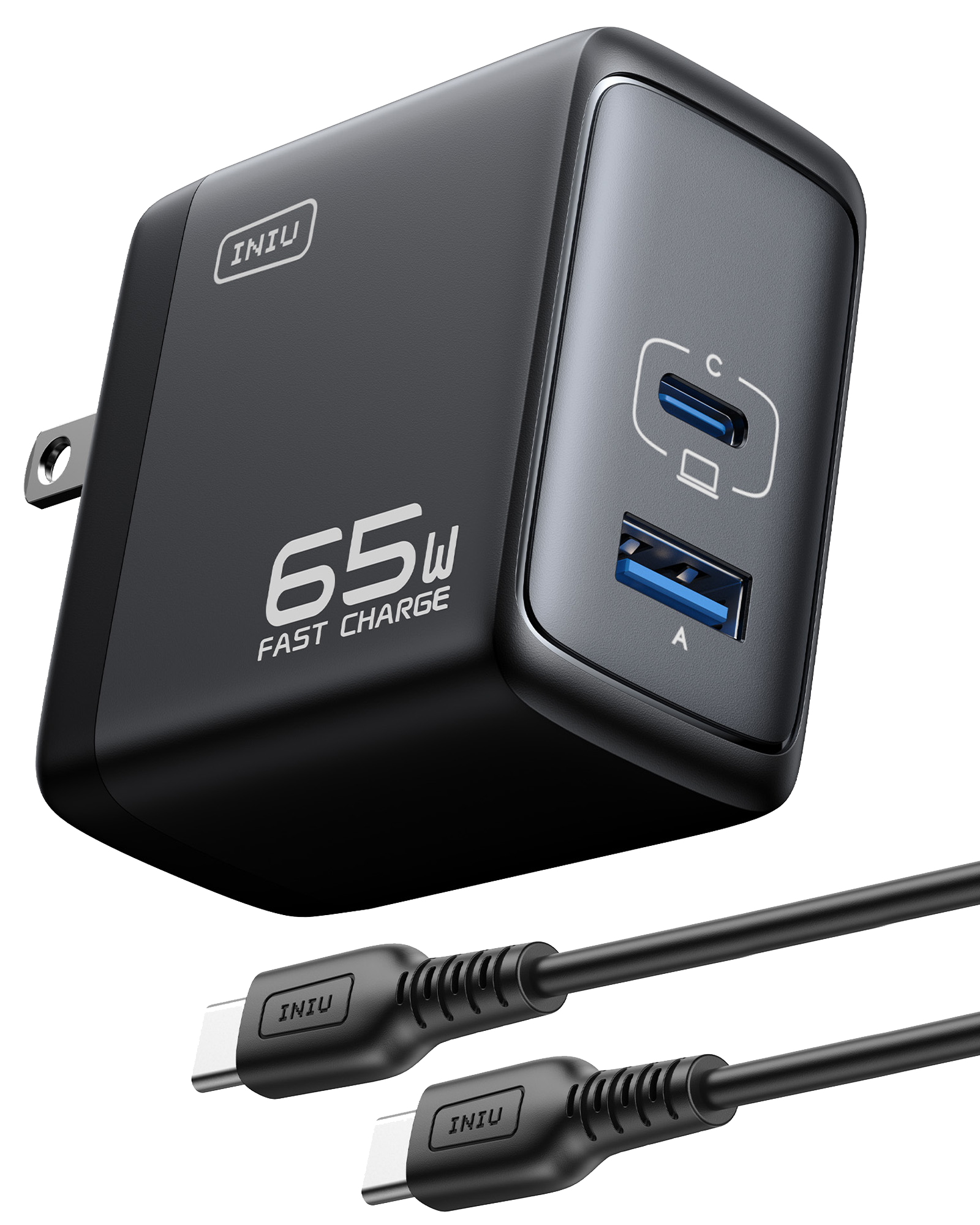Unlock the Secrets of PD Fast Chargers: How They Revolutionize Your Charging Experience!
In today’s fast-paced world, staying connected is more important than ever, and the devices we rely on—smartphones, tablets, laptops—are always in need of power. Enter PD (Power Delivery) fast chargers, a game-changing technology that has elevated the charging experience to new heights. Unlike traditional chargers that often leave users waiting hours for their devices to power up, PD fast chargers can significantly reduce charging times, allowing users to get back to what matters most sooner. With our increasing reliance on portable devices and the demand for efficient charging solutions, understanding how PD fast chargers work and their benefits has become essential for any tech-savvy individual.

Understanding PD Fast Charging Technology
At its core, PD fast charging leverages a protocol that allows for higher power levels to be delivered through a USB connection. Unlike standard chargers that typically offer a fixed voltage and current, PD technology dynamically negotiates the optimal power level between the charger and the device. This means that a PD fast charger can adjust the voltage and current up to 100 watts, making it suitable not just for smartphones, but also for larger devices like laptops. The technology behind this innovation involves advanced communication between the charger and the device, ensuring both can handle the increased power levels safely. Additionally, the cables and connectors play a crucial role; to achieve the benefits of PD charging, users must utilize compatible cables that can handle the higher wattage. So, it’s not just about having a PD charger; the entire charging system—including cables—must be up to par to experience the full advantages.
Benefits of PD Fast Chargers
The advantages of using PD fast chargers are compelling. First and foremost, they drastically reduce charging times. For instance, many modern smartphones can reach a full charge in under an hour with a PD charger, compared to several hours with traditional chargers. This efficiency is particularly beneficial for those who are constantly on the go. Another significant benefit is compatibility; PD fast chargers can be used across a range of devices, from smartphones and tablets to laptops and even some gaming consoles. This universality makes them a convenient choice for anyone looking to simplify their charging setup. Furthermore, PD fast chargers often come equipped with enhanced safety features, such as overcurrent protection and temperature control, ensuring that users can charge their devices without the fear of overheating or damaging their battery. A friend of mine recently switched to a PD charger and was amazed at how quickly her phone charged while also feeling secure about its safety features.
How to Choose the Right PD Fast Charger
When selecting a PD fast charger, there are several key factors to consider. First, assess the wattage output; different devices require different power levels. For instance, while a smartphone may charge efficiently with a 18W charger, a laptop may require 60W or more. Additionally, check for compatibility with your devices; not all PD chargers are created equal, and ensuring that your charger can communicate effectively with your devices is crucial. Look for chargers that meet safety standards and have certifications to ensure quality. It’s also wise to consider the length and quality of the charging cable you will be using, as a poor-quality cable can hinder charging speeds. Ultimately, investing in a high-quality PD charger will not only enhance your charging experience but also extend the lifespan of your devices by providing them with the power they need safely.
Common Misconceptions About PD Fast Charging
Despite their growing popularity, there are several misconceptions surrounding PD fast chargers that need to be addressed. One common myth is that PD chargers are not compatible with older devices. In reality, while older devices may not benefit from the faster charging speeds, they can still charge using a PD charger, albeit at their maximum supported rate. Another misunderstanding involves the risks of fast charging; many users fear that using a PD charger could damage their device’s battery. However, PD charging technology includes built-in safeguards that protect devices from overheating and overcharging, making it a safe option when using compatible chargers and cables. Educating oneself about these misconceptions can lead to a far better understanding and appreciation of PD fast charging technology.
Maximizing Your Charging Experience with PD Technology
In summary, PD fast chargers represent a significant advancement in charging technology, providing users with faster, safer, and more efficient charging solutions. By understanding how they work, recognizing their benefits, and knowing how to select the right one, you can greatly enhance your charging experience. As we continue to rely more on portable devices, upgrading to PD technology is not just a luxury but a necessity for those seeking convenience and efficiency in their everyday lives. Don’t let slow charging hold you back—embrace the power of PD fast chargers!




